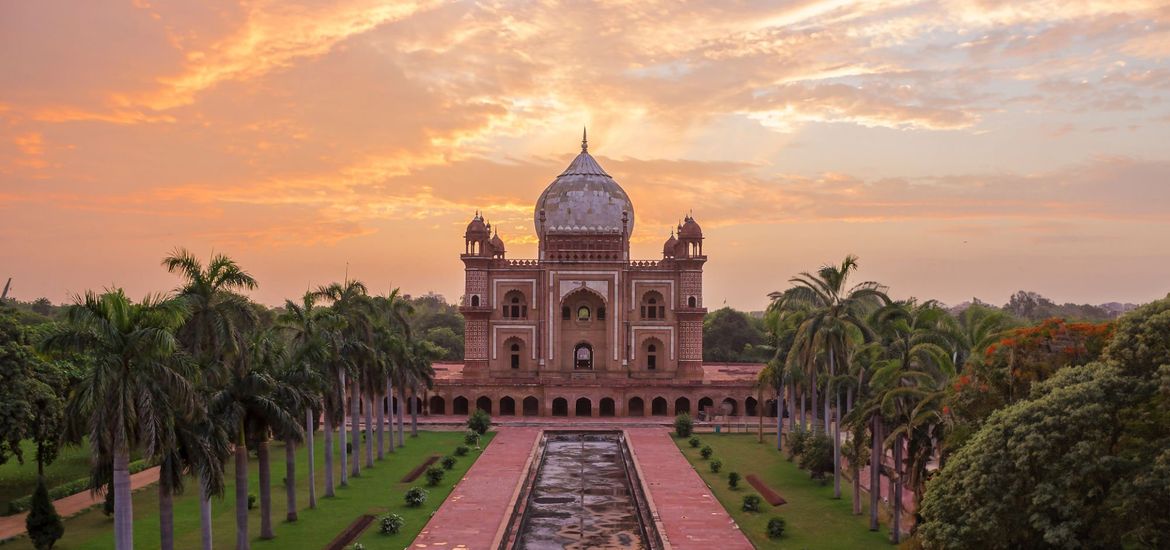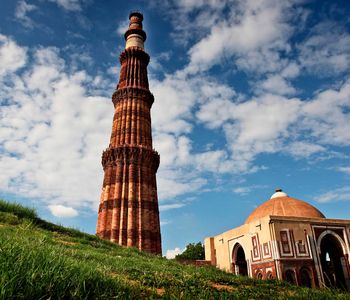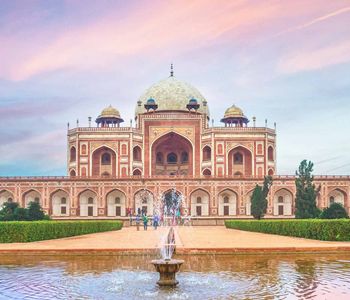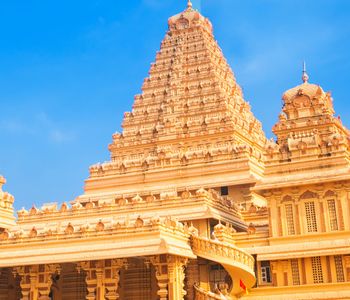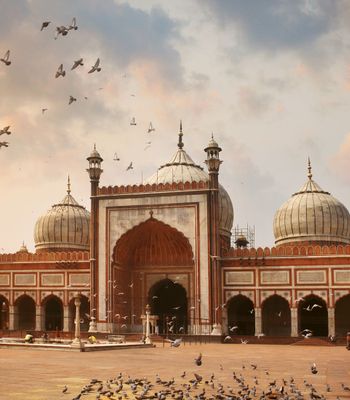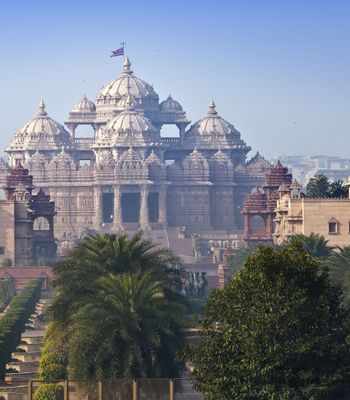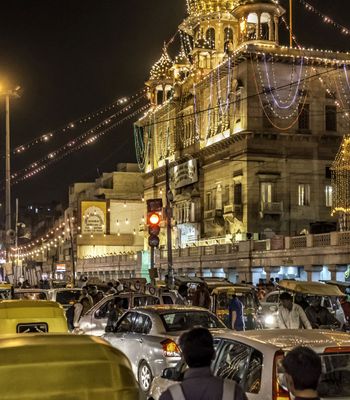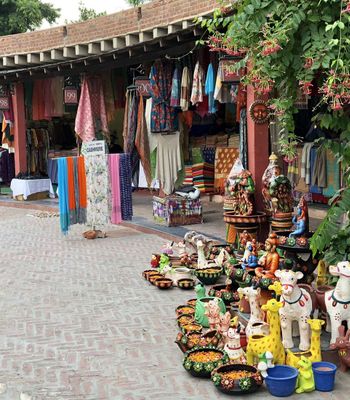Constructed in the early 1750s, the Safdarjung Tomb is a historic site protected by the Archaeological Survey of India or ASI. For visitors, this landmark is a breathtaking lesson in history and architecture. Located in South Delhi, the Safdarjung Tomb is an attraction that's lesser known but fascinating to explore.
Following a Storied History
As the last Mughal mausoleum to be built in India, the Safdarjung Tomb is the final resting place of Muhammad Muqim. He was prime minister of his time while another ruled above him. However, this ruler named Muhammad Shah preferred other interests, which allowed Safdarjung to rule on his own. Eventually, the Marathas, or warrior group, cast Safdarjung out and he died. Afterward, his son requested for his father's tomb to be built in Delhi as a memorial to his service to the country.
Understanding the Architectural Fascination
As you approach this sandstone structure, it might remind you of the Taj Mahal. Indeed, many architectural professionals refer to this monument as the "flawed Taj." Although it has some similar features, the Safdarjung Tomb doesn't have the balanced design of its more famous neighbor. Essentially, the mausoleum appears taller and doesn't offer the pyramidal shape that makes the Taj Mahal so attractive from a symmetrical perspective. However, the four water channels surrounding the structure provide a pleasing geometrical shape as you walk the grounds.
Focusing on the Dome
Upon your first arrival, the centralized dome is a focal point. It appears to have a different color than the surrounding sandstone, however. Truthfully, the dome had been patched in the past.
By removing white marble from Abdul Rahim Kha-i-Khannan's tomb, the Safdarjung Tomb was repaired and retained this distinct patchwork appearance. For historical purposes, the mausoleum stands as-is indefinitely. For a unique look at the structure at night, enjoy the illuminated exterior from 7 p.m. to 11 p.m. daily. The strategically placed lights reflect the architectural beauty as shadows give way to focused light across the surfaces.
Learning About the Garden Layout
Outside the mausoleum, you'll find the last Mughal garden constructed in this subcontinent. It has a characteristic charbagh layout, which positions one garden at each property corner. Defined as four gardens, this layout has a geometric design incorporating four sections into each corner garden. In the Koran, these gardens translate into the four gardens of paradise.
Stepping Inside the Landmark
Although the Safdarjung Tomb has its centralized dome, there are three sides with their own domes to explore. Within the central chamber is a marble cenotaph for Safdarjung. The remaining three sides have other architectural highlights and historical value. In the west, visit Jangali Mahal or Badshah Pasand to the south. The north side is referred to as Moti Mahal. Overall, it might take one to two hours to walk the entire property.
Planning a Visit
This landmark is open daily from sunrise to sunset. Bring your camera because the water channels, fountains, palm trees and surrounding gardens are picturesque. Remarkably, the tomb attracts only moderately sized crowds. It's possible to enjoy the grounds any time of day without too many people.
Expect to pay about 300 rupees per person as an entrance fee. Because of the ample space, consider packing a picnic for lunch or dinner. Alternatively, there are many food stands just outside the Safdarjung Tomb. Also, street vendors offer water and other snacks. For your comfort, the landmark does have restrooms on-site.
Traveling to the Tomb
Because the tomb has the South Delhi metropolis surrounding it, public transportation is the best way to reach it. First, consider hiring a ride-sharing vehicle or taxi to reach the front gate. Alternatively, ride an auto rickshaw for an authentic Indian adventure to the tomb. If you want to take the Delhi Metro train system, look for the yellow line. Take this train to the Jorbagh station, which is just a few minutes by foot from the tomb.
By learning a little bit about the Safdarjung Tomb before visiting it, then you can walk the grounds and truly absorb the property's historical impact. Today, the ASI provides the maintenance and overall protection for this landmark to shine for generations to come. Ideally, carve out a morning or afternoon to explore Safdarjung Tomb as a curious traveler.
